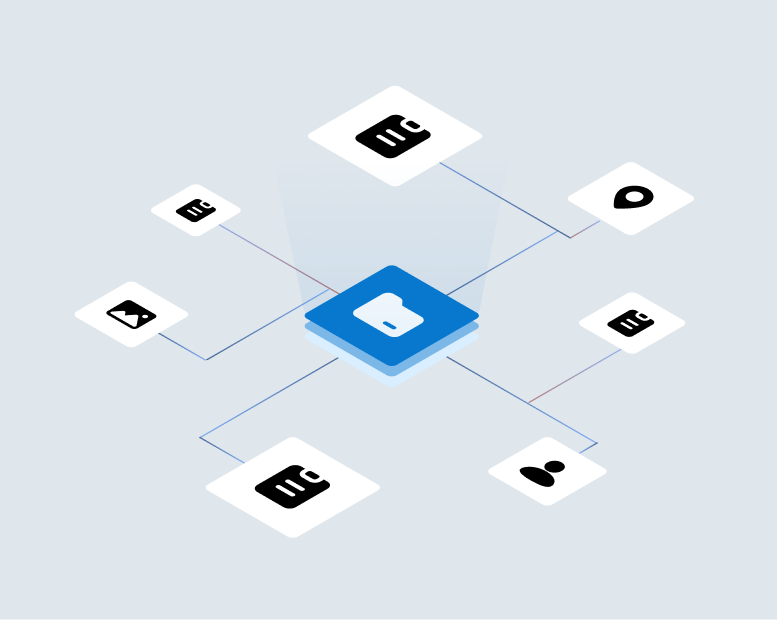Direct insurance – whether by phone or over the internet – is fundamentally different from traditional neighborhood agency business on many dimensions. The most obvious and important one is that there isn’t a trained agent looking the customer in the eye, asking the right questions, and placing the applicant with a company whose risk appetite is a good match. The truth is a local agent adds a lot of ‘hidden’ value because it is harder to cheat someone who knows you, and a good agent can often screen out trouble before it starts by inspecting the assets and assessing the persons involved before a risk is accepted. Capturing that value from an agent is very expensive – and that cost explains the rush to online insurance – but it prevents many types of fraud.
Today’s growing book of direct insurance has a very different character and carries much higher risk. These transactions are a fast, inexpensive and easy way for consumers and carriers to interact. Indeed, many carriers promote their online sales process as faster than the next guy while saving consumers ‘hundreds of dollars a year in premiums’. But this business model relies on (often flawed) purchased or volunteered information, requires instant integration of complex data to make risk decisions, and, worst of all, it is anonymous.
Fraudsters rely on that anonymity to defraud carriers of 5-10% of NPW – or more – in new business. Whether it is small-ticket cheaters who lie on quotes to get cheaper rates, serial grifters who play the online game just to get insurance cards for themselves or others, or organized criminal rings setting up staged accidents and body shop frauds – all rely on the anonymity of the online transaction to hide in plain sight.
The simple truth is that fraudsters don’t think you’re watching or able to stop them. And the fact is they are probably right. Do you actively monitor your quotes for signs of manipulation? How do you know the condition of the assets you insure? Can you tell when they’re playing you with bogus or inconsistent information across time, other quotes or prior policies? Has the applicant or his associates defrauded you before? And can you do anything about any of it in the 7½ minutes during which you promised to close a policy?
For most carriers, the answers are no, no, no, no and no.
And so the fraudsters win. Because they are smart. They find the weaknesses in your systems to get rate, coverage and claims benefits they don’t deserve. And they will do it again and again because you’re an easy mark when you don’t watch and cannot act. Until you find them after the 3rdor 4th time they’ve ripped you off – in which case they often just ‘disappear’ – or you stop writing business in that neighborhood because it’s not worth the trouble. So you eat the losses, say you’ve ‘learned’ a lot from the experience, and pull back.
But you can stop whole classes of fraud if you show them that you can see what they’re doing. If you signal that you are paying attention. f you take appropriate action during live transactions. Behavioral science experts say people generally won’t cheat if they know that they’re being watched. VeracityID’s experience is that fraudsters conclude you know what they’re doing if you employ the right set of tools at point of sale, during endorsements and before claims are paid. So they go elsewhere to ply their trade, and with them whole classes of fraud simply disappear.
VeracityID has the tools to make this happen for auto carriers. Let us show you how you can quickly transform your underperforming online or direct business with a short demonstration or a pilot. Let’s stop fraud in your business, together.



